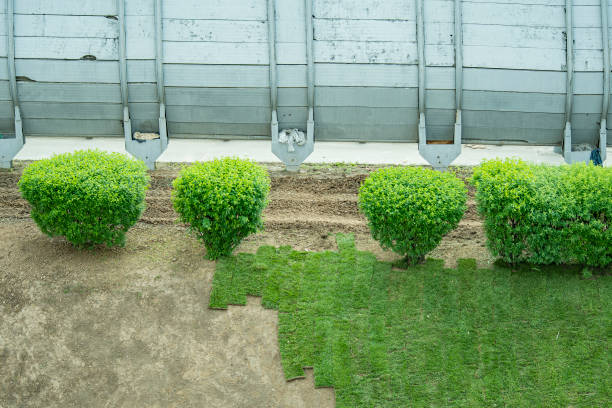What is box blight?
Box Blight Disease is an infection caused by a fungus that affects box hedges. Affected plants turn black, grey, or brown and eventually die.
It is important to think about alternative solutions early to avoid the problem.
If left unchecked, Box Caterpillar or Box Hedge Caterpillar may cause serious damage to box hedges as well as other hedge varieties.
The small insects that feed on the foliage and stems of box plants can cause the plant to weaken.
An infestation can cause severe plant death. Please read our box pests and diseases for more information about common problems that box hedges.
What are some alternatives to box hedges?
Garden designers love the neat, tidy look of box hedging.
Flowering hedge species like Euonymus Green Spire, Euonymus Jean Hughes, and Box Leaf Honeysuckle can add color and texture to your garden without the risk of box blight.
Alternative hedge plants are also popular.
Use box alternatives in creative ways to decorate your garden and outdoor space.
You can create unique patterns or shapes with these choices.
Other plants are less maintenance-intensive than box hedges, as they are resistant to common box diseases and pests.
You can be creative in your garden by using alternative hedging plants. Use alternative plants to create geometric forms or curved paths, giving your garden a unique look.
You can also use other plants to heighten and add dimension by planting them behind foliage or flowerbeds.
Alternative plants will add more color and variety to your outdoor space.



